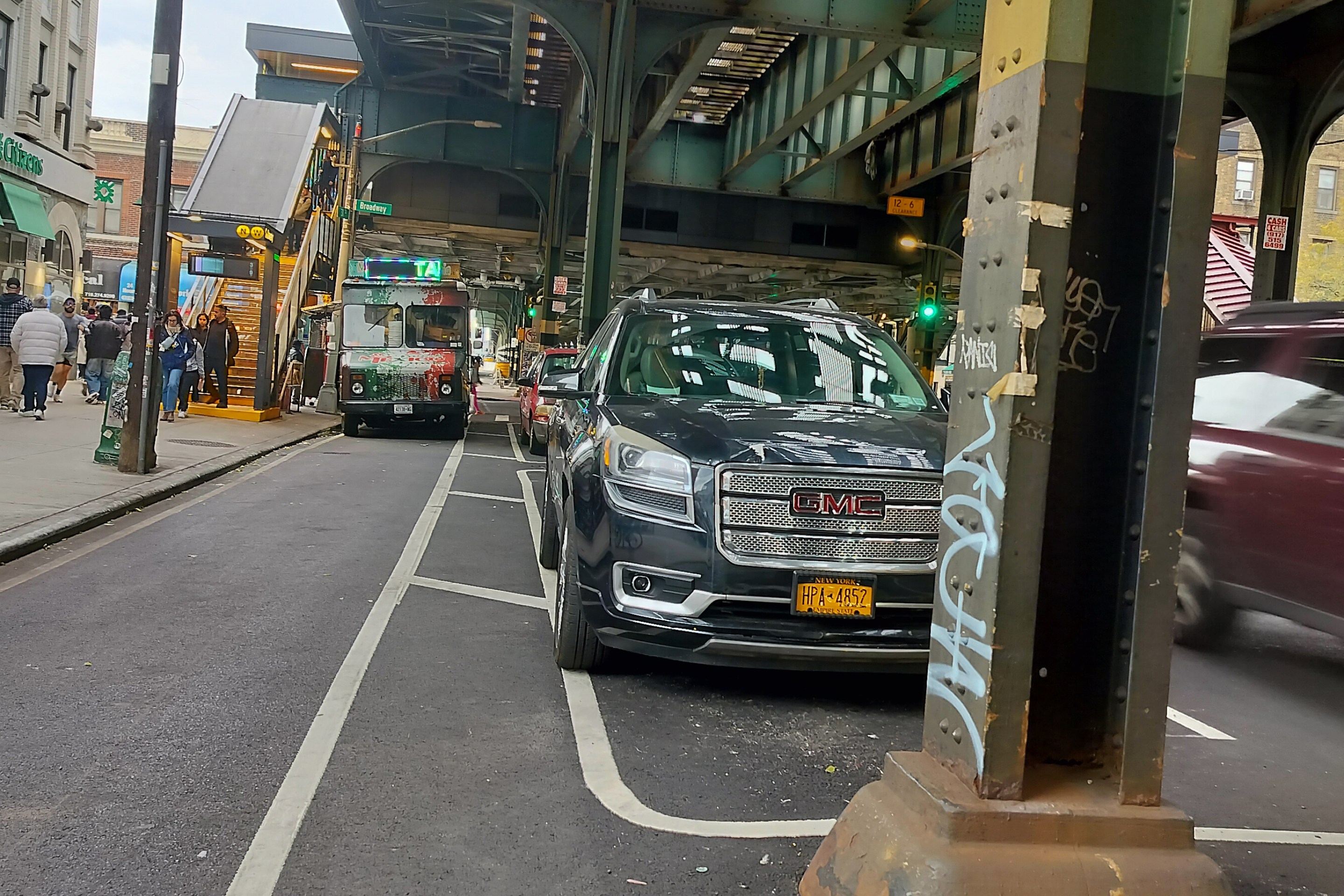
If you have a well-worn copy of Ralph Nader’s seminal “Unsafe at Any Speed” on your bookshelf -- and who doesn’t? -- you know that in the mid 20th century U.S. auto companies were hostile to the idea of designing safer cars. Introducing basic features like padded dashboards and collapsible steering columns, the thinking went, would be tantamount to acknowledging that driving is dangerous.
Fifty years after Nader’s book sparked public demand for automobiles that are safer for motorists and passengers, Daniel Hertz at City Observatory says it’s time for “the next road safety revolution” -- streets that are safer for people who aren’t in cars.
Over the course of the 20th and early 21st centuries, American cities and suburbs transformed most of their streets from public spaces designed for walking, biking, and other kinds of transportation (as well as socializing, putting on public spectacles or demonstrations, or just watching the world go by) into highways that are dangerous for anyone not ensconced in a motor vehicle.
The fact is that urban planning bears a major responsibility for the incredibly high numbers of serious injuries and deaths on our streets. We’ve known for years that relatively small increases in the travel speed have huge impacts on the severity of car crashes … And yet the primary goal of street design, even in relatively densely-packed urban areas, has been to keep cars moving at high speeds … Other measures, including narrow sidewalks or no sidewalks at all, and large distances between controlled intersections, also make roads more dangerous.
Nor is all of this some inevitable byproduct of modern life in a developed country. The United States has one of the highest rates of traffic deaths adjusted for population in the rich world: more than twice that of Spain, three times greater than that of the United Kingdom, and four times more than Sweden.
The good news is that we have examples to follow, both abroad and in our own country. American cities have begun to adopt the Vision Zero program pioneered in Sweden with a proven track record for improving safety. The program includes shifting infrastructure to prioritize safe mobility, rather than pure speed; using new technologies; and changing transportation management and regulation, including lowering speed limits where appropriate, such as New York City’s recent move from 30 mph to 25 mph on many streets.
We know these measures are effective at saving lives and preventing serious injuries. Given the state of American road safety, the only question is what we’re waiting for.
Elsewhere on the Network today: Streets.mn says state law is preventing Minnesota cities from slowing down drivers, and Greater Greater Washington imagines Maryland and Virginia regional rail systems as an integrated network.





